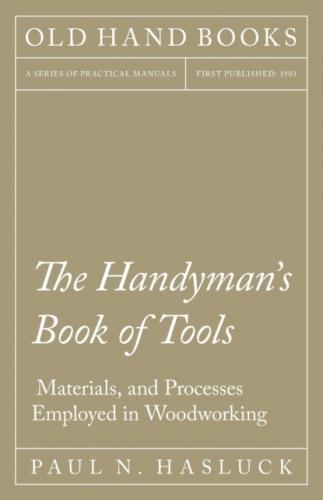Fig. 5.—Testing Surface with Straight-edges.
TESTING SURFACES WITH STRAIGHT-EDGES.
How surfaces are tested for winding with straight-edges is shown by Fig. 5, from which it is obvious that if the work has warped ever so slightly a true straight-edge must disclose the fact, as it could not then lie flat on its edge across the work. If the board is in winding, each straight-edge will magnify the error. If the winding is wavy, the edges will touch at certain points, and in other places light will be seen between them and the work. Taking a sight from one straight-edge to the other is another test.
Fig. 6.—Two-ft. Four-fold Rule.
RULES.
A 2-ft. four-fold boxwood rule (Fig. 6) is the best for the all-round purposes of the joiner; and for those who can use the slide rule, the tool shown by Fig. 7 would be handy. A simple 2-ft. two-fold rule (Fig. 8) is cheaper, but it is the greatest economy to buy the best tools, and for that reason perhaps the rule with double arch joints shown by Fig. 9, though costing more than twice as much as the one illustrated by Fig. 6, will be found the best and cheapest in the end. The average worker will find a simple rule preferable to an elaborate one. Fig. 10 shows a combined rule and spirit level, the rule joint also being set out to serve as a protractor. This tool may prove useful in special circumstances, but its use as a spirit level is not recommended, it being preferable to have rule and level two quite distinct tools.
Fig. 7.—Rule with Brass Slide.
Fig. 8.—Two-ft. Two-fold Rule.
DIVIDING A BOARD WITH A RULE.
A reliable method of dividing a board of any given width into any number of parts is illustrated by Fig. 11. Suppose a board 9 in. wide is to be cut into six equal parts; place the 1-ft. rule so that its ends touch the opposite edges of board, as shown in Fig. 11; draw a line right across, and upon this line mark off from the rule every 2 in., as 2, 4, 6, etc. Remove the rule, and draw lines parallel with the edge of the board, intersecting with the marks upon the oblique line, thus obtaining six parts, each really 1 1/2 in. wide. The principle of this is simple: 2 in. is the one-sixth part of 1 ft., and whatever be the slant of the rule across the board (and the narrower the board the greater will be the slant) each 2-in. mark must denote a one-sixth part of the width. Say a board anything less than 24 in. in length or width is to be divided into eight parts; then as 3 in. is one-eighth of 2 ft., use a 2-ft. rule in the same manner as before, and mark off at every 3 in.
Fig. 9.—Rule with Double Arch Joints.
Fig. 10.—Rule with Spirit Level.
SQUARES AND BEVELS.
The woodworker constantly uses squares for setting out and testing work, as will be described in detail later. The simplest is the try square (Fig. 12), which has a stock of rosewood or ebony. In the square shown by Fig. 13, the stock is so shaped that it is of service in setting out and testing mitres, a proper mitre square which has an ebony stock being shown by Fig. 14. Another combination try and mitre square is shown by Fig. 15, and this has an iron stock, hollowed out to lower its weight to that of a wooden one. This is a useful and cheap tool, very unlikely to get out of truth. A patent adjustable try square is illustrated by Fig. 16. The set screw clamps the blade in the stock just where it may be most convenient for such awkward work as putting butts, locks, and other fittings on doors and windows. The graduated blade is very useful. The sliding bevel is a handy appliance for setting off angles in duplicate, as by means of the set screw the blade can be made to assume any angle with the stock. Fig. 17 shows a bevel with a simple ebony stock, and Fig. 18 one with an ebony stock framed in brass, this protection keeping the edges true for an almost unlimited period. The joiner’s steel square is a mere right angle of steel, sometimes nickel plated, graduated in inches, 1/4 in., 1/16 and in. Squares with other graduations can be obtained.
Fig. 11.—Dividing Board with Rule.
Fig. 12.—Try Square.
Fig. 13.—Combination Square and Mitre.
TESTING AND CORRECTING TRY-SQUAES.
A carpenter’s try-square that is thought to be untrue may be tested in the following way. Get a piece of board whose edge has been proved to be quite straight, apply the square as shown at A (Fig. 19), and draw a line; then turn the square as at B, and if it is true the blade should fit the line; if it is less than a right angle it will be as shown at C D (Fig. 19), and if more than a right angle the defect will be as indicated at E F (Fig. 19). If the blade has moved or has been knocked out of truth through a fall, it should be knocked back into its proper position, and, when true, the rivets should be tightened by careful hammering. If the blade is too fast in the stock to be knocked back,
